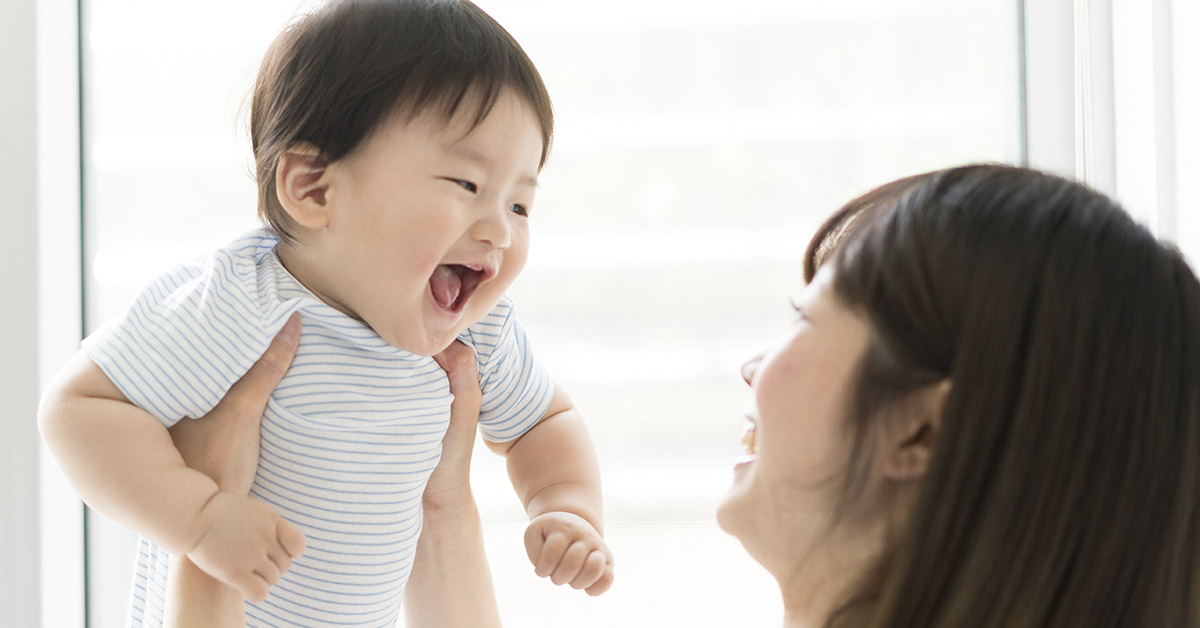When it comes to the health and longevity of their children, Japan has set a benchmark that the rest of the world can learn from. Japanese children consistently rank among the healthiest in the world, with low rates of obesity, high levels of physical fitness, and long life expectancies. So, what is the secret behind their success? These are the four key practices that Japanese families follow, which contribute to the well-being of their children. By understanding and implementing these practices, we can nurture healthier and happier kids in our own homes and families.
Japan: Where The World’s Healthiest Kids Live
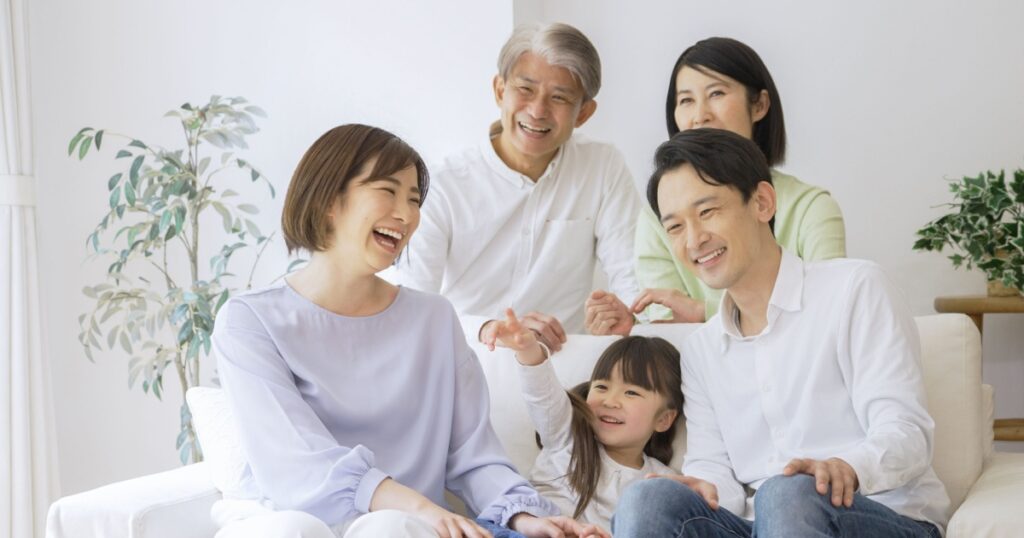
In every country, no matter where you go, you will find healthy kids and families, as well as those who are less so. While Japan is included in this, the statistics still can’t be denied. Japan has one of the healthiest populations in the world, and on top of that, it tends to be the home of the world’s healthiest kids. Of course, this means you have healthy, happy children, and those healthy children grow to be healthy adults. The reasons why Japan’s children are so healthy aren’t complicated; in fact, they are relatively simple. It comes down mainly to the two most influential factors in a child’s life: Home (family) and school. In both of these places, food appreciation and education are paramount. (1) Chances are, if you are reading this, you are not Japanese, and you do not live in Japan. This doesn’t mean, however, that you can’t achieve what Japan has for your own family. These are the four main reasons why Japanese children are so healthy and how you can implement these tactics into your family’s routines. Not only will your kids be better off, but you will be, too.
Read More: This is why students in Japan don’t have exams until Grade 4
1. A Nutrient-Rich Diet
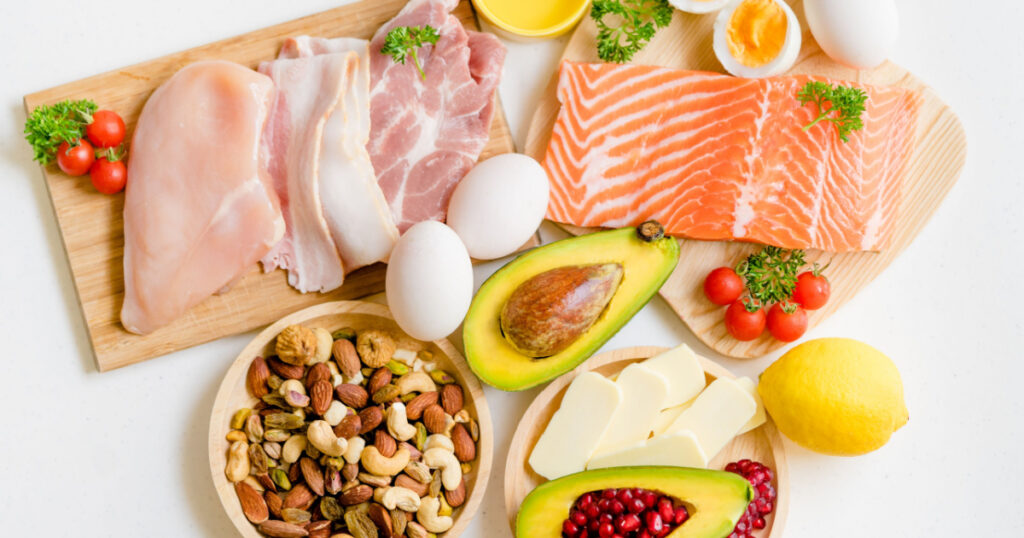
Japanese cuisine is famous for its focus on fresh, minimally processed ingredients. A traditional Japanese meal is typically balanced, including various fruits, vegetables, seafood, lean meats, and whole grains. Portion sizes are modest, and meals are often served on small plates, encouraging mindful eating. Additionally, the Japanese frequently consume fermented foods like miso and pickled vegetables, which are rich in probiotics and promote a healthy gut microbiome. While they do indulge and eat sweets from time to time, this is far less frequent. Japanese children learn early on that these kinds of indulgences are for special occasions and are to be enjoyed during those moments. To incorporate this practice in your home, consider incorporating more plant-based meals, reducing processed foods, and introducing your child to various flavors and textures from an early age. Use fruits and yogurts as desserts more often than regular sweets. Also, put your massive bowels and dinner plates away. Using smaller plates helps you to control portions better and prevent mindless eating. (2)
2. A Culture of Physical Activity

Physical activity is an integral part of the Japanese lifestyle, with children engaging in regular exercise at school and home. They often walk or ride a bike to school, participate in physical education classes, and engage in extracurricular activities that promote movement. Outdoor play is also encouraged, especially in natural environments. To adopt this practice, encourage your child’s involvement in physical activities by providing opportunities for exercise, limiting screen time, and promoting outdoor play. The best way to do this? Lead by example. Family outings to parks or nature reserves can also be a fun and active way to spend time together. Go outside and play together. Run around, play tag, go on bike rides or hikes, play kickball, or skip. Not only will you all benefit from the exercise, but you will bond with your children and create lasting memories.
3. A Mindful Approach to Eating
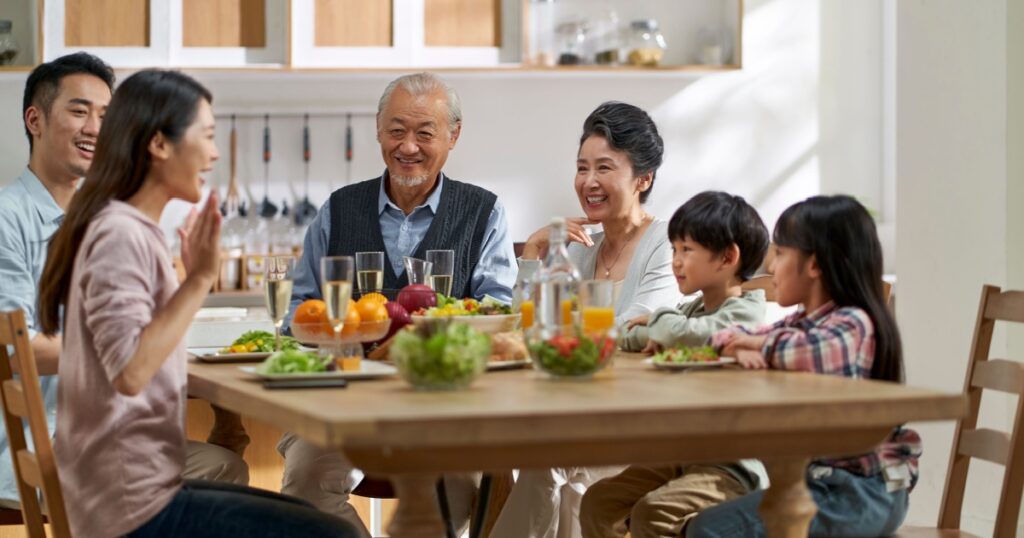
In Japan, eating is considered a moment of appreciation and respect for food. Children are taught to eat slowly, savor each bite, and recognize their body’s hunger and fullness cues. It is also common for families to eat meals together, fostering a sense of togetherness and connection. To implement this practice, create a calm and enjoyable eating environment, minimize distractions during meals, encourage your child to eat slowly, and emphasize the importance of listening to their body’s signals of hunger and fullness. Eating together as a family whenever possible can also strengthen bonds and promote healthier eating habits. While eating, you can talk about the food that you are eating. Focus on the flavors and textures, where the food came from, how it was prepared, and how much you enjoy and appreciate it. Don’t focus on things like fat or calories or how you will need to “burn this off” later, as this can breed disordered eating and difficult relationships with food later on.
Read More: The Power of Natto, a Japanese Superfood
4. Emphasis on Education and Awareness

In Japan, from the time a woman is pregnant, her doctor recommends implementing the concept of Shokuiku. Shokuiku is a Japanese term that means “food education.” It refers to the practice of teaching children about nutrition and healthy eating habits from an early age. This concept is similar to the American idea of “teaching kids to cook,” but it goes beyond just teaching them how to prepare meals. Instead, Shokuiku focuses on educating children about what foods are good for their bodies and why they should eat them. It also refers to teaching them about where their foods comes from and fostering a deep appreciation for their food, the land, and their bodies.
The Japanese education system also places a strong emphasis on health education, teaching children about the importance of a healthy lifestyle from an early age. Many schools actually have food rules where the children are not even allowed to come to school with high-sugar, high-fat, processed snacks. The kids learn about nutrition, physical fitness, mental well-being, and the impact of lifestyle choices on overall health at school. By instilling this knowledge and awareness in their children, Japanese parents empower them to make informed and healthy choices throughout their lives. To incorporate this practice, educate yourself and your child on the importance of a healthy lifestyle, make informed food choices, and involve them in decision-making. Encourage open communication about their health and well-being and provide opportunities for them to learn and grow through various resources and activities.
You Don’t Need to be Japanese To Follow Their Lead
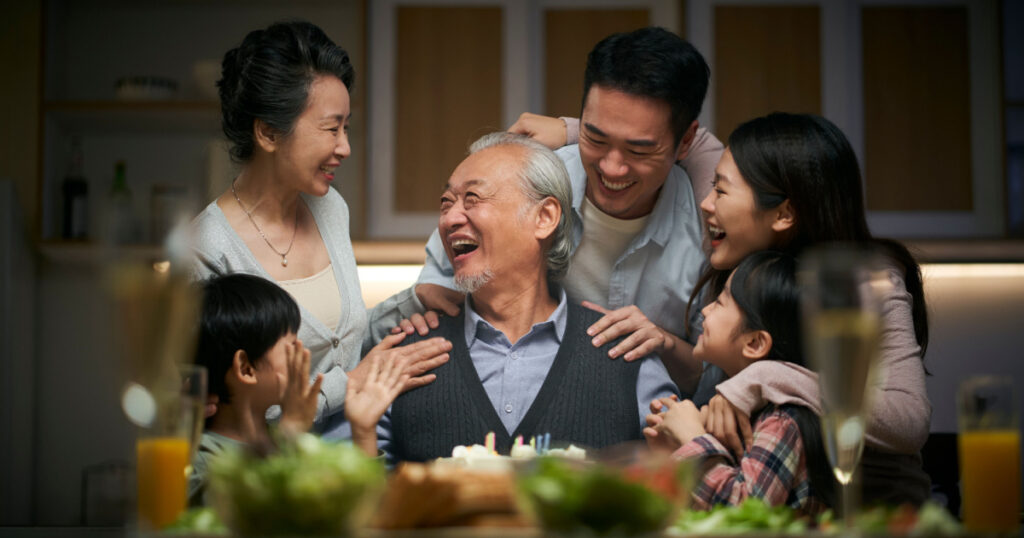
Japanese children’s exceptional health and well-being can be attributed to a combination of factors, including a nutrient-rich diet, a culture of physical activity, mindful eating practices, and an emphasis on education and awareness. We can strive to raise healthier and happier kids by adopting these four principles in our homes and families. Let us take inspiration from Japan and create an environment that supports our children’s well-being, both now and in the years to come.
Read More: 11 Things I’m Teaching My Kids By Age 10
Sources
- “Here’s Why Japanese Children Are the Healthiest in the World.” The Healthy. Naomi Moriyama. March 14, 2022.
- ‘I’m a mom living in Japan, home to the world’s healthiest kids—4 things Japanese parents do differently.” CNBC. Yuko Tamura. October 22, 2023.
